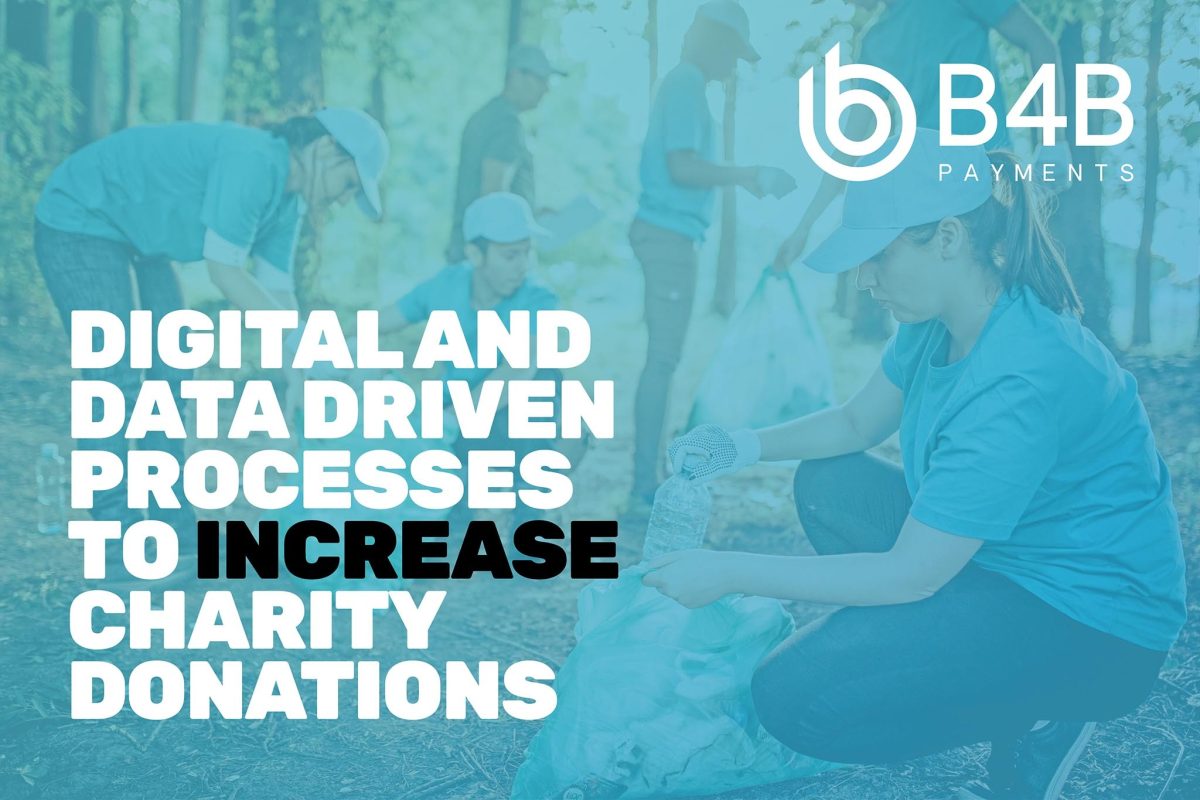Learn how digital tools and data-driven strategies can boost charity donations, streamline donor engagement, and improve fundraising efforts.
The past few years have been challenging for charities in many ways. With the rising cost of living driving increased demand for many nonprofit services, charities are feeling the pressure as regular donors are impacted financially. At the same time, the COVID-19 pandemic has dramatically reduced cash transactions across the UK, decreasing a vital revenue stream for many charity organisations.
With these challenges, many charities are turning to digital donation strategies as a way of increasing charity donations to support their work post-pandemic. Charities are embracing innovative charity fundraising tools to help them navigate what’s likely to be a highly uncertain few years.While some charities are leading the way with digital innovation, others are still catching up. According to the most recent Charity Digital Skills Report, 40% of charities still don’t have a digital strategy, and 17% don’t offer any online services. No matter where your charity stands in its digital journey, there are steps you can take to leverage technology to improve digital donations. Here are a few areas to consider:
Contactless donation options
In 2017, debit card transactions overtook cash as the UK’s most popular payment method, and the pandemic has only accelerated this trend. It’s predicted that by 2027, only 16% of payments will be made with cash. For charities, this shift means the traditional cash donation methods are becoming less viable.
With cash donations worth as much as £320 million to charities annually, it’s vital that nonprofit organisations adopt cashless payments for donations quickly. Contactless donation technology is a simple alternative to cash donations, allowing donors to give via QR codes or by tapping a card or smartphone. This digital donation strategy is essential for charities seeking to keep up with changing payment preferences.
Direct bank payments
QR codes can even leverage Open Banking technologies, allowing people to donate directly from their bank accounts rather than using a debit or credit card. Where direct bank payments once took time to confirm, many are now authorised instantly with no need for charities to handle donors’ bank sort codes or account numbers.Direct bank payments also mean lower fees for charities, ensuring that a greater percentage of donation revenue is retained.
Using online donation platforms for charities to streamline payments can maximise the impact of donations, keeping the focus on supporting the cause.
Micro-donations
While QR code and contactless donations mimic the convenience of a change collection box, they don’t replace the “every little helps” mentality where donors give loose change that feels insignificant to them. Some technology providers are working to replicate this phenomenon. For example, services like Pennies, a digital charity box, enable micro-donations every time it’s used, allowing customers to give in tiny increments that they barely notice.
Many online retailers also offer similar functionality at their checkouts. For instance, Amazon Smile allows customers to set up a preferred charity and donate a percentage of their spend every time they shop. These automated donation methods can help charities harness the power of online charity giving without asking donors for substantial commitments.
Automated gift aid
While encouraging donations is crucial, charities must also maximise the value of every donation they receive.
The UK government’s Gift Aid donations scheme allows charities to claim back 25% tax on contactless card donations of £30 or less. By activating PAR (Payment Account References), charities can automate their Gift Aid claims for card payments, ensuring that every digital donation is fully utilised.
Streamline your payments with B4B
Whether it’s launching a prepaid card scheme for your donors or enabling direct Open Banking payments, B4B Payments can help streamline your charity’s payment processes and maximise the impact of every donation. Our charity fundraising tools are designed to simplify donation workflows, from online charity giving to Gift Aid donations, ensuring that your nonprofit organisation can keep doing the important work it does.
To find out more about how B4B Payments can support your charity




